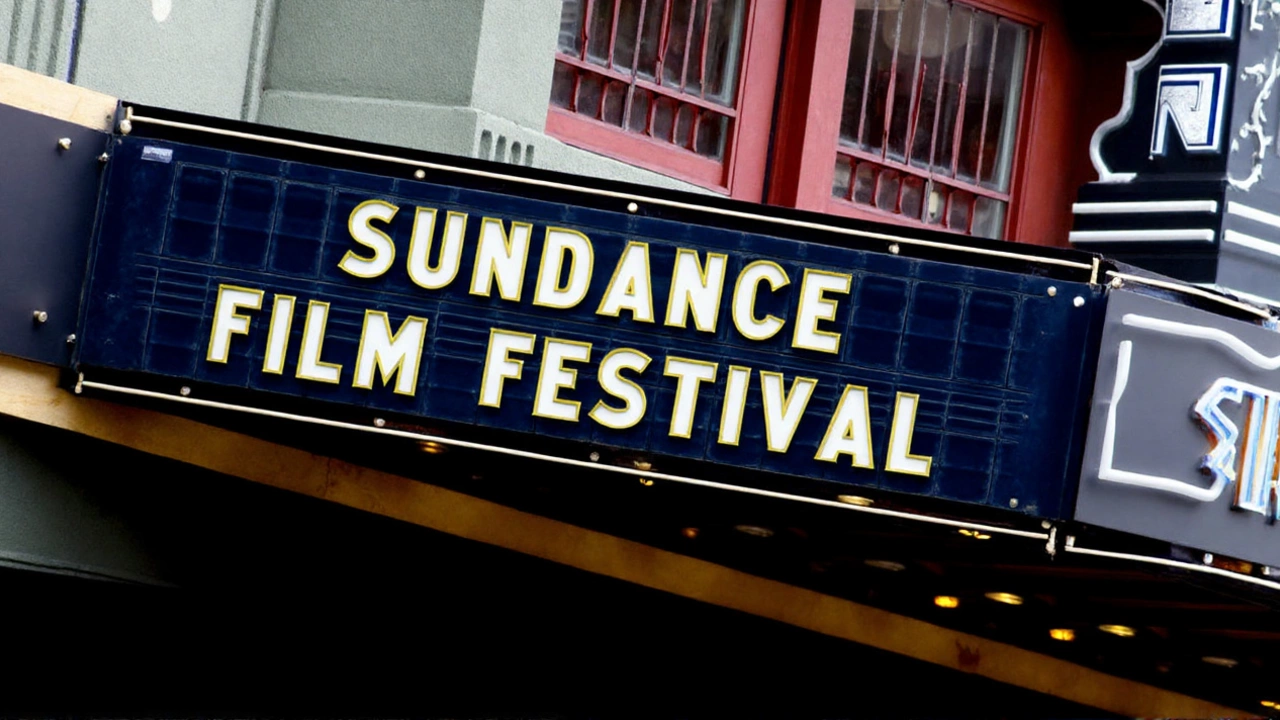Utah’s deep-red identity isn’t the whole story
Utah is one of the safest Republican bets in modern presidential politics, but its governing record is harder to pigeonhole. The state has backed the GOP by at least 19 points in every presidential race since 1964. In 2012, it delivered Mitt Romney a towering margin. In 2016, it balked at Donald Trump more than almost any other red state, with independent Evan McMullin pulling a remarkable share of the vote. In 2020, Republicans cruised again at the top of the ticket. That mix—rock-solid partisanship with flashes of independence—is why Utah politics keeps confounding outsiders.
To understand why, you have to start with culture. Utah is the nation’s only state where members of the Church of Jesus Christ of Latter-day Saints form the dominant social force. That presence shapes daily life and political instincts: community, family, sobriety, volunteerism, and a preference for order and civility. It produces classic conservative positions on social issues. But it also tempers how those values show up in policy, often pushing leaders toward practical compromises rather than purity tests.
Historical context matters. Utah entered the union in 1896 under Democratic President Grover Cleveland, but its ironclad Republican run is a late-20th-century development. The modern pattern hardened with the Reagan era and grew even more lopsided over time. The 2012 Romney landslide reflected both partisan lean and cultural affinity. Four years later, many conservatives in Utah balked at Trump’s style and character in a way their counterparts elsewhere did not, fueling McMullin’s surge and signaling that loyalty to the GOP is not unconditional.
Social conservatism is visible in Utah’s policy environment—think strict alcohol rules, a cautious approach to gambling, and a long-running emphasis on family policy. Abortion law has grown tighter than the national baseline, and the state’s near-total ban has been tied up in litigation since the Dobbs decision, leaving Utah with a more restrictive framework while courts sort out the final rules. The signal is clear: the electorate is conservative on life issues and public morality, though it tolerates case-by-case compromise when process and institutions demand it.
A pragmatic streak in the details
Nowhere is Utah’s moderation clearer than on immigration. In 2010, business leaders, religious leaders, and law enforcement lined up behind the Utah Compact, a brief set of principles pushing for humane, family-centered reforms and a path that recognized the economy’s needs. State policy followed that tone. Utah has offered “driving privilege” cards to undocumented residents since 2005 and allows in-state tuition for some undocumented students who graduated from Utah high schools. These moves didn’t make Utah a sanctuary for lawbreaking; they aimed to keep roads safe, schools stable, and the economy humming.
Refugee policy tells a similar story. Utah governors—Republican to the core—have consistently welcomed resettlement, even when national party figures hit the brakes. That stance reflects both LDS humanitarian work abroad and business leaders who see newcomers as part of the state’s growth. The message: law and order, yes, but driven by stewardship and neighborliness rather than fear.
Voters have also used ballot measures to bend policy toward the middle. In 2018, they approved medical marijuana and Medicaid expansion. Lawmakers rewrote both measures after passage, tightening rules and phasing expansion more slowly, but the core ideas survived. The result looked like Utah’s usual balancing act: honor voter intent, keep guardrails, and avoid ideologically maximalist outcomes.
On LGBTQ rights, Utah carved out what became known as the “Utah compromise” in 2015—extending workplace and housing protections while spelling out religious-liberty safeguards. Later, the state put limits on conversion therapy for minors through an administrative rule, then legislation. More recently, lawmakers backed restrictions on transgender girls in school sports, triggering legal fights and showing that consensus here is not static. Even with friction, Utah has often preferred negotiated frameworks over scorched-earth politics.
Criminal justice has nudged in a pragmatic direction too. Legislators passed a “Clean Slate” law to automate expungements for low-level offenses once people stay out of trouble for a set period. It’s a small-government, pro-work reform that aligns with Utah’s focus on reentry and employment, not just punishment.
Economically, Utah is allergic to drama and debt. The state balances budgets, keeps taxes relatively low, and courts industry with gusto—especially along the “Silicon Slopes,” where tech and venture capital have transformed suburbs south of Salt Lake City. That growth brings headaches—housing affordability, water scarcity, and infrastructure strain—but also reinforces a governing style that is pro-business and wary of ideological standoffs that scare off investment.
The map inside the state shows the same pattern. Rural counties and many exurbs are overwhelmingly Republican. Salt Lake City and parts of Summit County lean Democratic. The suburbs swing less than in many states, but they’re the places to watch as migration brings in professionals from the West Coast and Mountain West. In 2018, Democrats captured the 4th Congressional District with Ben McAdams, only to lose it back in 2020 by a sliver—evidence that Democrats can still compete with the right candidate and moment.
Utah voters also show an unusual comfort with independents. McMullin’s 2016 bid was the most famous example, but not the only one. In 2022, Democrat-aligned voters rallied behind independent Evan McMullin against Republican Sen. Mike Lee, who still won but by a smaller margin than a typical Utah Republican. The takeaway: voters will consider cross-partisan coalitions if they fit the state’s temperament.
Culture and church-state boundaries remain distinct. The LDS Church does not endorse candidates and rarely takes positions on specific bills. But its public statements—supporting the principles behind the Utah Compact, backing refugee resettlement, calling for civil discourse—set expectations that elected officials take seriously. That soft power matters in a state where civic life is built through congregations, volunteer networks, and local service.
Education and demographics will shape the next decade. Utah is one of America’s youngest states. Population is booming, thanks to high birth rates and in-migration. The Hispanic population has grown, making Spanish a daily presence in schools and businesses. College attainment is rising. None of this turns Utah blue on its own, but it does complicate old assumptions—especially on workforce, housing, and environmental policy, where business leaders often push for practical fixes over ideological posture.
Personalities matter too. Sen. Mitt Romney won statewide office while often breaking with national party lines on tone and ethics, and Gov. Spencer Cox has emphasized civil politics and incremental solutions. Their approach (agree on goals, argue about the means) captures why Utah Republicans don’t need to be the loudest in the room to be effective in their state.
Political scientist Tim Chambless of the University of Utah’s Hinckley Institute has watched this blend up close: a Republican supermajority that reliably votes red for president, yet often pursues governance by compromise. That’s not hypocrisy; it’s coherence with the state’s civic DNA. Utah’s voters want conservative results without constant warfare, and they reward leaders who deliver both.
If you want to gauge where Utah might surprise next, look at a few pressure points. Housing and water are now front-burner issues across the Wasatch Front, and they breed pragmatic coalitions. Tech employers will keep pressing for immigration talent pipelines and predictable rules. Ballot measures remain a release valve when legislators move slower than public sentiment. And the state’s independent streak will surface again the next time a national figure runs afoul of Utah’s expectations for character and civility.
So yes, the map is red—and by big margins. But under that map is a model of conservative governance that is more communitarian than combative, more managerial than maximalist. Utah’s paradox isn’t a contradiction. It’s a roadmap for how culture can drive partisan loyalty while still steering policy away from the hardest edges of ideology.

